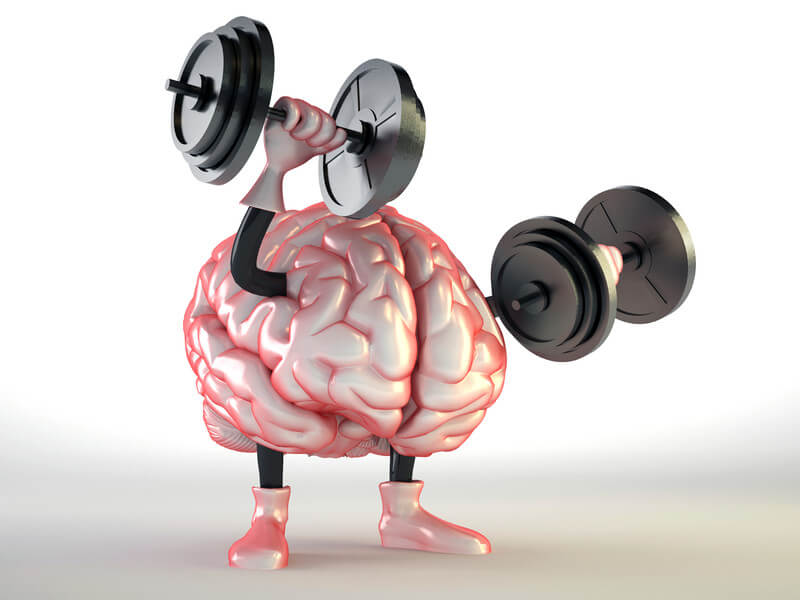Most of the 50 million parents of school-aged children in the U.S. are all too aware of the gauntlet of dangers that threaten when a child becomes an adolescent: under-age smoking and drinking; drug abuse and addiction; low self-esteem and peer pressure; self-harm and eating disorders; bullying and social rejection; unprotected sex, sexually transmitted diseases and unwanted pregnancies; depression and suicide; truancy and dropping out of school; running away from home and sex trafficking; rebellion and gangs; vandalism and crime.
Does all this sound alarmist to you? If so, consider the fact that in the U.S., over half a million unmarried teens become pregnant every year.
And why do good kids go down any of these paths?
The answer is simple: the prefrontal cortex (PFC), the part of the brain that handles understanding, judgment, self-regulation and impulse control, is under construction. The first phase in that development is the “blossoming” of millions of new connections in the PFC that initially have no purpose. In other words, the PFC is essentially disabled until it is basic-wired for numerous “executive” mental skills. So until young people wire their PFC for critical thinking skills, it will be hard for them to think straight. Instead, they’ll often react emotionally and impulsively.
But critical thinking is needed during adolescence to avoid pitfalls and tragedies. And the brainpower they’ll need as adults won’t just magically appear. These are skills that have to be acquired over time during adolescence. So kids need adults who will coach them to learn how to think. Here are five realities that parents and other adults need to be aware of in order to be helpful:
- The poor judgment characteristic of the teen years isn’t a phase that kids outgrow. Many seem to “outgrow” it only because they exercised critical thinking enough to wire their PFC. And not all of them do. Being popular and having fun is far more important to most teens than learning how to think. Important: this isn’t something kids outgrow. Some kids will construct superior minds, and others won’t.
- The PFC circuits for basic thinking skills will form only if teens do the work. “Only the brain cells that fire together will wire together.” The more an adolescent exercises basic critical thinking skills, the more extensively the PFC will be wired. Parents and other adults can encourage a child to think. But like learning the foundation skills of any activity or sport, teens have to do the work themselves, and it will take time.
- Teen culture can cause brain damage. Alcohol, drugs and electronic screen addictions can alter the chemistry of the PFC, disrupting normal development.
- The clock is ticking. An adolescent child doesn’t have forever to accomplish this. Unused brain cells in the PFC are constantly being “pruned away” in order to make the functioning of the connected cells more efficient. It takes about 10 years, plus or minus, for the PFC to get rid of the unused brain cell connections. So it’s “use it or lose it.” By the time someone reaches the early 20s, its “game over” as far as building a foundation for critical thinking is concerned. After that, young adults can discover motivation to learn, but they won’t be able to construct a mansion on a tiny foundation.
- Practically no kids or their parents know what’s going on. The research that sheds light on this is fairly recent. And the brain development processes are too gradual, invisible and silent to be noticed.
For adolescents, building thinking skills is a lot like pulling themselves up by their own bootstraps. They need help from knowledgeable adults. Throughout history, people either were either lucky to get the help they needed when they were young, or they weren’t. The consequences: the vast differences in intellect among the people around us.
 Helping your child develop vital thinking skills is perhaps the best way to prepare them for leaving the nest. My new book: How Your Teen Can Grow a Smarter Brain.
Helping your child develop vital thinking skills is perhaps the best way to prepare them for leaving the nest. My new book: How Your Teen Can Grow a Smarter Brain.
You can grow the bond with your child through better listening. Download the FREE ebook, Listening to Understand.

